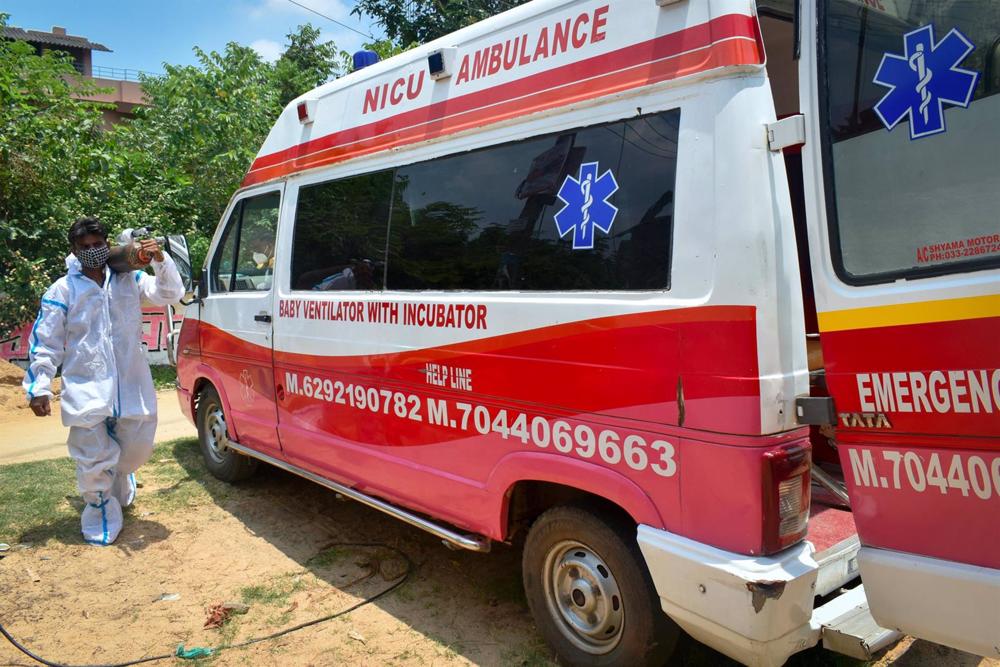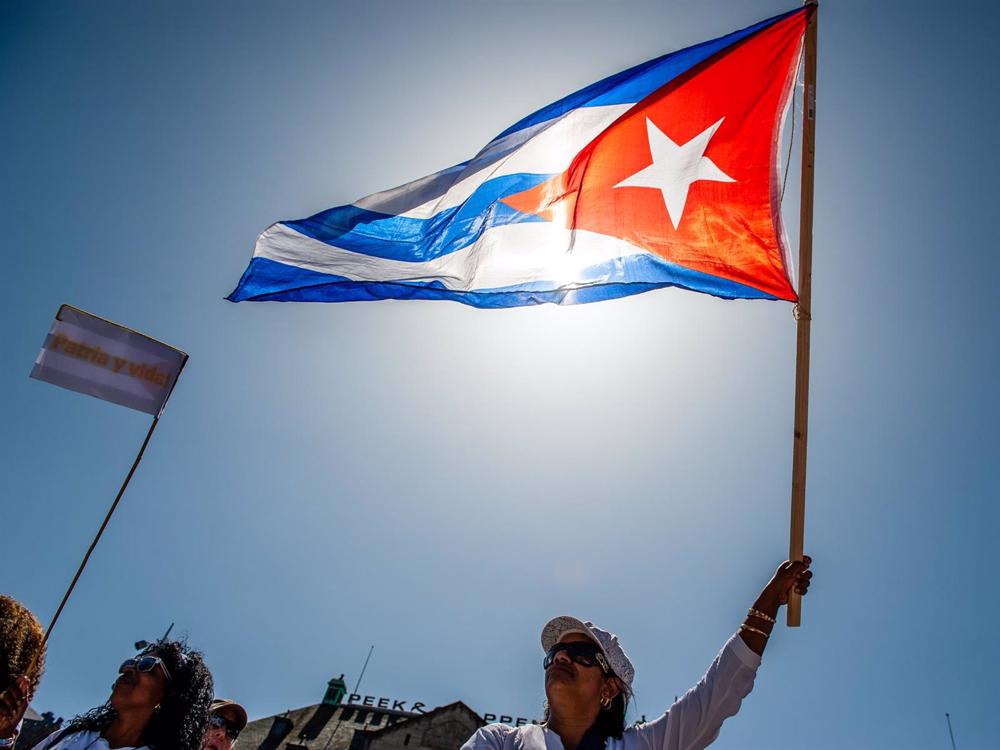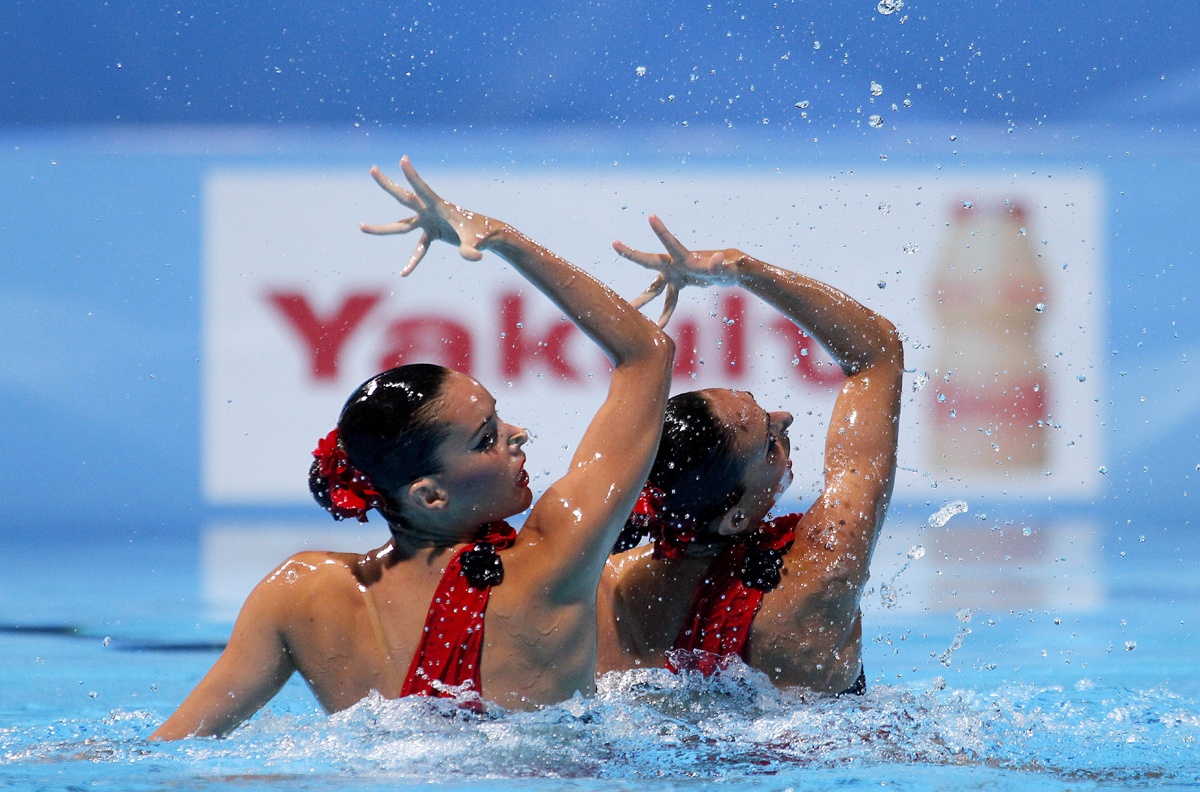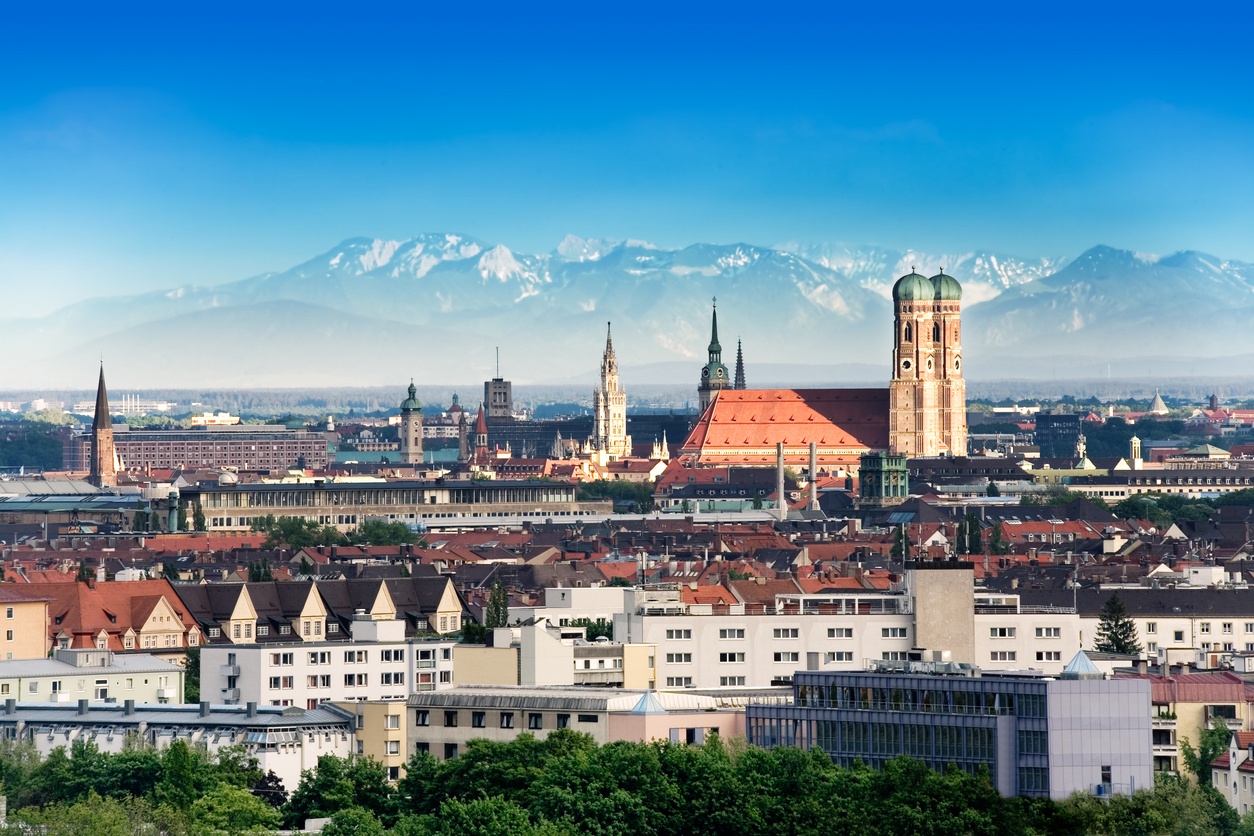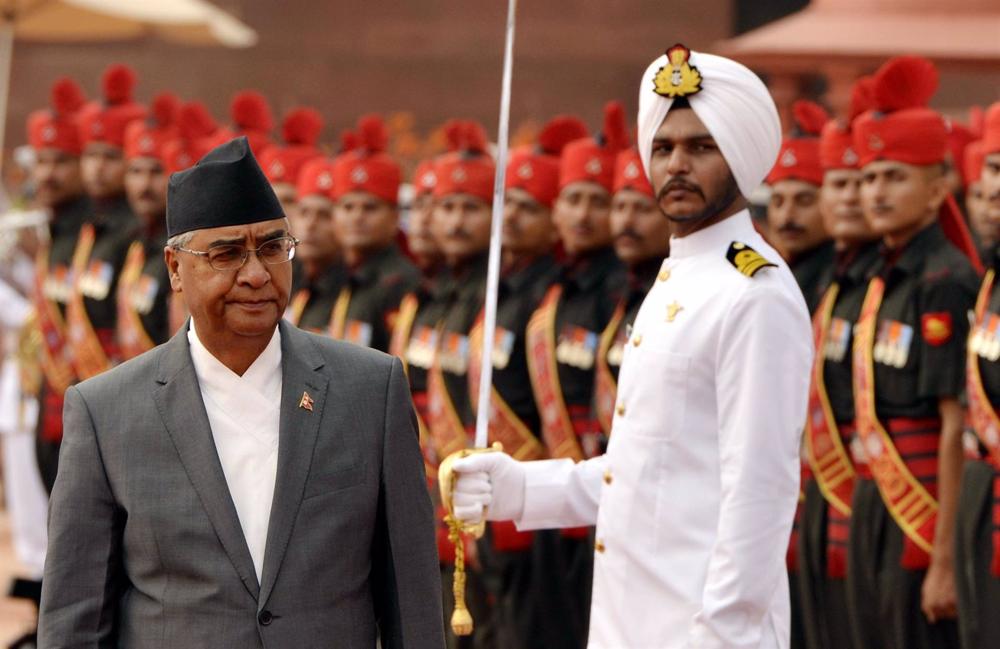
The results of the November 20 elections in Nepal have left a sharply divided Parliament, after the ruling Nepali Congress (NC) fell two seats short of a majority, while the opposition Communist Party is rushing to forge new alliances with other minority and independent forces to reach the 91 seats needed to take control.
Prime Minister Sher Bahadur Deuba’s NC has been the most voted force with 89 of the 275 seats in Parliament, winning almost thirty more than in the last elections. While the two communist forces — the Unified Marxist-Leninist and the Maoist Center — have been second and third choice.
The results have shown a surprising rise of the Independent National Party (Swatantra), a new Nepalese political force founded by the former television presenter Rabi Lamichhane, which seems to have been able to take up part of the generalized discontent after winning 20 seats.
The next most voted option is the National Democratic Party (Rastriya Prajatantra), with thirteen seats, a formation which defends the restoration in the country of the Hindu monarchy, abolished in 2008, seven years after the royal massacre carried out by its own members.
These results are likely to further prolong the political instability in this small nation surrounded by the two great giants of the Asian continent, China and India, which has seen a dozen governments since 2008.
The Electoral Commission has taken almost three weeks to finish manually counting the votes due to delays in the transport of ballot boxes, allegations of electoral fraud and repetitions in some constituencies.

